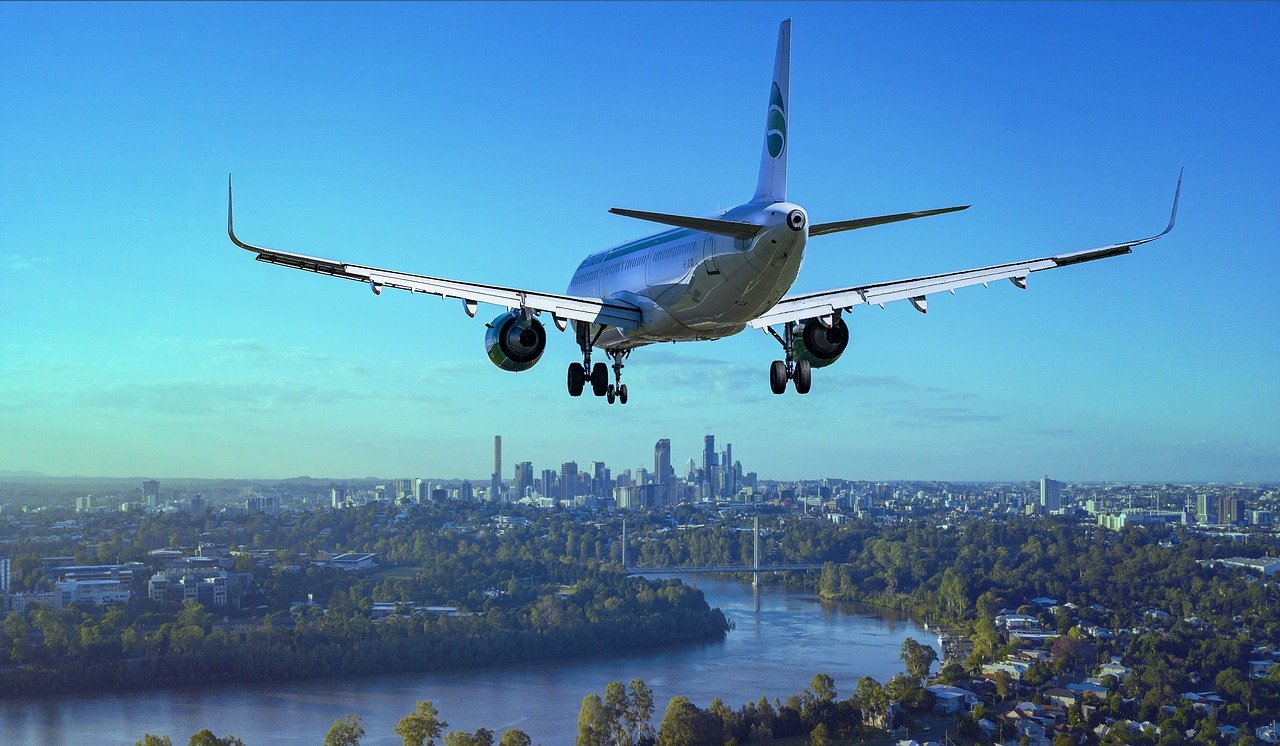The COVID pandemic has put an enormous strain on the UK economy over the last two years. This has especially been the case for the aviation industry where operations were almost completely halted for a year following the onset of the pandemic in March 2020.
PR pivot
Aviation was seen by many as the main vector for the spread of COVID and as a result there were calls for the complete shutdown of all civil UK airports. Therefore, it was crucial for airports and airlines to emphasise how the industry was supporting the Government’s response to pandemic. From repatriation flights to airfreight carrying PPE and testing kits for the NHS, coverage about the industry became completely focused on the fight against COVID.
After a year of being locked down, the public were eager to reunite with family and friends but many people still had reservations about international travel. The next challenge for Aviation PR practitioners was to reassure the public that international travel had a robust set of safety measures to protect passengers and reduce the risk of infection. Aviation messaging centred around the increased safety measures airports and airlines had introduced. For example, Heathrow’s Fly Safe campaign videos emphasised increased cleaning measures, new testing centres, and the deployment of innovative UV cleaning robot technology.
From competition to cooperation
However, constantly changing Government travel rules increased the level of uncertainty, meaning that many consumers opted for a ‘staycation’ instead of their regular international, further impacting the aviation industry’s recovery. To combat this airports and airlines worked together to encourage the Government to support the safe reopening of aviation by gradually reducing measures in line with the threat posed by the pandemic. Even Virgin and British Airways joined together to push for the relaunch of key US-UK routes, a rare show of unity between two major competitors.
Managing post-restriction recovery
When the restrictions were lifted further in the summer of 2021 and consumer confidence grew, the focus shifted to unlocking pent up demand by appealing to people’s desire to be reunited with friends and family. Now consumers could book their holidays without the stress of complex testing rules or changes in COVID restrictions. Heathrow’s #LHRActually campaign locked into this desire for travel by reworking the iconic Love Actually Heathrow scene with updated dialogue and footage of real passengers reuniting. Instead of the clinical approach of their earlier Fly Safe campaign, #LHRActually successfully hit on the emotional toll that the pandemic has had on so many people.
The future of aviation
Even though the aviation industry has survived the worst of the pandemic, there’s still a long road to recovery ahead. Over the last few weeks we’ve seen delays and cancellations at major UK airports as airlines have struggled to meet demand with a lower level of resource.
The most important issue that the aviation industry is facing is increased pressure to decarbonise as the threat of the climate emergency becomes more urgent. Airlines and airports have laid out ambitious decarbonisation goals and the UK Government is investing in low carbon aviation technologies, such as Sustainable Aviation Fuel. To combat its reputation as a highly polluting industry, PR professionals working in aviation must continue to put sustainability at the forefront of their communication if they are to a sceptical public that there is a place for aviation in a sustainable future.
This is a great opportunity for challenger brands to disrupt the travel tech space by seizing the opportunity to establish a solution for a more sustainable aviation industry. If you would like to discuss how CommsCo PR can help to build your company’s reputation I’d be happy to share my thoughts further.
Related Articles



